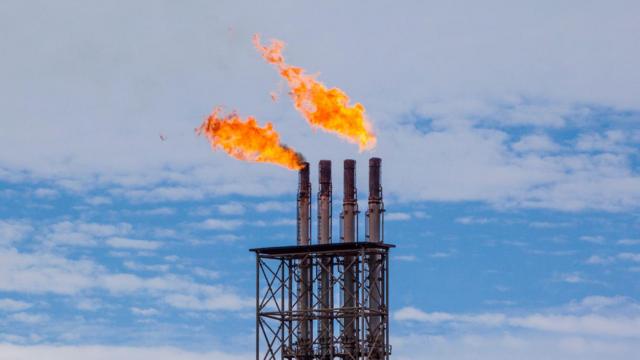The US government issued its inaugural severe geomagnetic storm watch in nearly 20 years, alerting the public to “at least five earth-directed coronal mass ejections” alongside sunspots encompassing an area 16 times larger than Earth itself. This severe geomagnetic storm, categorized as G4, marks the second-highest grade in the US government’s classification system.
According to the National Oceanic and Atmospheric Administration (NOAA), radiation from this phenomenon commenced hitting Earth’s magnetic field on Friday and is anticipated to persist throughout the weekend. On Friday evening, NOAA upgraded the storm to G5, denoting it as “extreme,” marking the first such occurrence since October 2003.
NOAA’s warning of extreme space weather suggests potential impacts on life on Earth, including disruptions to the power grid, satellite systems, and high-frequency radio communications. Here’s how this event might affect technology users.
Communication Impacts
The solar activity discussed by NOAA involves the release of solar energy that traverses space before reaching Earth. Upon interacting with Earth’s magnetic sphere, this radiation induces fluctuations in the ionosphere, an upper atmospheric layer.
These fluctuations can directly impact satellites and spacecraft in orbit, potentially altering their orientation or damaging their electronics. Furthermore, changes to the ionosphere can obstruct or degrade radio transmissions traversing the atmosphere to reach satellites. This disruption can also impede radio transmissions’ ability to bounce off the ionosphere, a technique used by some radio operators to extend their signal range.
Since GPS satellites rely on signals penetrating the ionosphere, the expected geomagnetic disturbance could affect this critical technology utilized by various industries, including aviation, maritime navigation, agriculture, and oil and gas exploration. Additionally, shortwave radio transmissions, crucial for emergency management agencies, the military, and amateur radio operators, could be scattered by the storm, according to NOAA.
Cellular Network Impact
Consumer wireless networks operate on different radio frequencies than high-frequency bands, making it unlikely for the storm to directly impact cellular service. While GPS signals may be disrupted, cell phone users may still maintain a rough location fix, as GPS features on phones often utilize a combination of GPS and cellular tower-based location tracking.
According to previous studies conducted by NOAA and the Federal Emergency Management Agency (FEMA), extreme space weather events should result in minimal direct impact on public safety and commercial cellular services, provided that the underlying electrical infrastructure remains unaffected.
The Cybersecurity and Infrastructure Security Agency has also noted limited impact on line-of-sight radio transmissions due to space weather, except in specific scenarios involving copper cables and land-based telephone lines.
In summary, while the severe geomagnetic storm poses potential risks to communication and power infrastructure, measures such as redundancy and resiliency in critical infrastructure providers’ systems mitigate the likelihood of widespread disruptions. However, individuals are advised to take precautions similar to those for an extended power outage, including maintaining backup power sources for small electronic devices and conserving electricity during the event.









